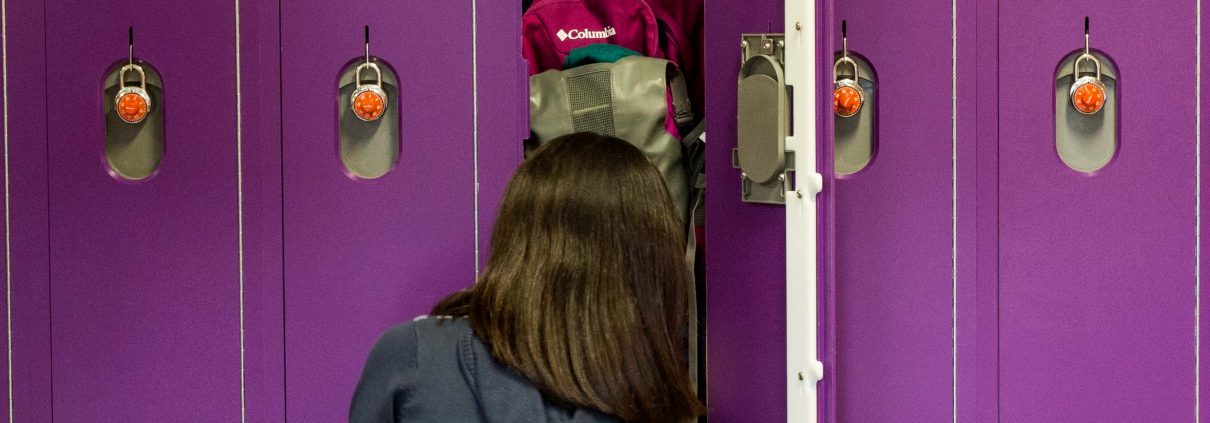Noise Can Negatively Affect Learning
How to Improve Your School’s Learning Environment Noise is defined as “a sound, especially one that is loud or unpleasant or that causes disturbance.”According to a study conducted by researchers at Cornell University, students had more difficulty learning to read when subjected to continuous noise, such as airplanes taking off, compared to students learning at quieter schools. These findings, as well as similar findings from other studies, support the claim that noise can significantly affect a student’s ability to learn. However, noise doesn’t necessarily have to come from a busy airport or highway. Noise from the cafeteria, gymnasium, or hallways can negatively affect the learning environment of any classroom nearby. In this post, we take a closer look at what you can do to reduce noise and improve the learning environment within your school.
How to Reduce Noise Inside the Classroom
Repair/Maintain Ducts, Fans, and the HVAC System A properly functioning HVAC system should produce only a slight whooshing sound. Meanwhile, ducts and fans should be virtually silent. If any of these are making loud or distracting noises, it could be a sign that they need repairs. Stay up-to-date on building maintenance to keep systems working effectively and sound levels at a minimum. Dampen Noise from Chairs and Desks Depending on the kind of furniture in your classroom, chairs and desks sliding across the floor can create a considerable amount of unwanted noise. To help reduce the noise from these objects, dampeners can be placed on the feet where the chair or desk meets the floor. An old solution was to cut a small slit into a tennis ball and then fit the leg inside to create a type of shoe. Today, much more effective and stylish solutions are available. Install Drapes Over Windows Thick windows do an exceptional job of blocking out unwanted noise, but adding thick drapes can add an extra level of sound protection. Of course, you may not want to cover up windows during the daytime if they offer the primary source of light. Instead you can invest in soundproof windows, plant shrubbery outside the windows, or install lighting fixtures to provide enough light so you can close the drapes. Use Plastic Lockers in Hallways Metal lockers can cause a considerable amount of unwanted noise, which can distract the students in any classroom that might be nearby. Plastic lockers provide a perfect alternative to metal lockers, producing a fraction of the noise. Plastic lockers made from high-density polyethylene (HDPE) are also much easier to maintain thanks to their natural resistance to rust, dents, and graffiti.  Soundproof Walls, Floors, and the Ceiling It’s widely known that sound waves easily bound off hard, flat surfaces. Meanwhile, soft surfaces absorb sound. So if you’re looking to limit the amount of noise in your classroom, you might consider using soft carpeting rather than tiles or hardwood flooring. You can also install sound-absorbing panels on the walls. Finally, ensure than any gaps between the ceiling panels are sealed. Although the only quiet classroom may be the one without students, it’s possible to keep noise levels low so you can build a better learning environment for your students. Follow these tips to help reduce the negative effects of noise.
Soundproof Walls, Floors, and the Ceiling It’s widely known that sound waves easily bound off hard, flat surfaces. Meanwhile, soft surfaces absorb sound. So if you’re looking to limit the amount of noise in your classroom, you might consider using soft carpeting rather than tiles or hardwood flooring. You can also install sound-absorbing panels on the walls. Finally, ensure than any gaps between the ceiling panels are sealed. Although the only quiet classroom may be the one without students, it’s possible to keep noise levels low so you can build a better learning environment for your students. Follow these tips to help reduce the negative effects of noise.



